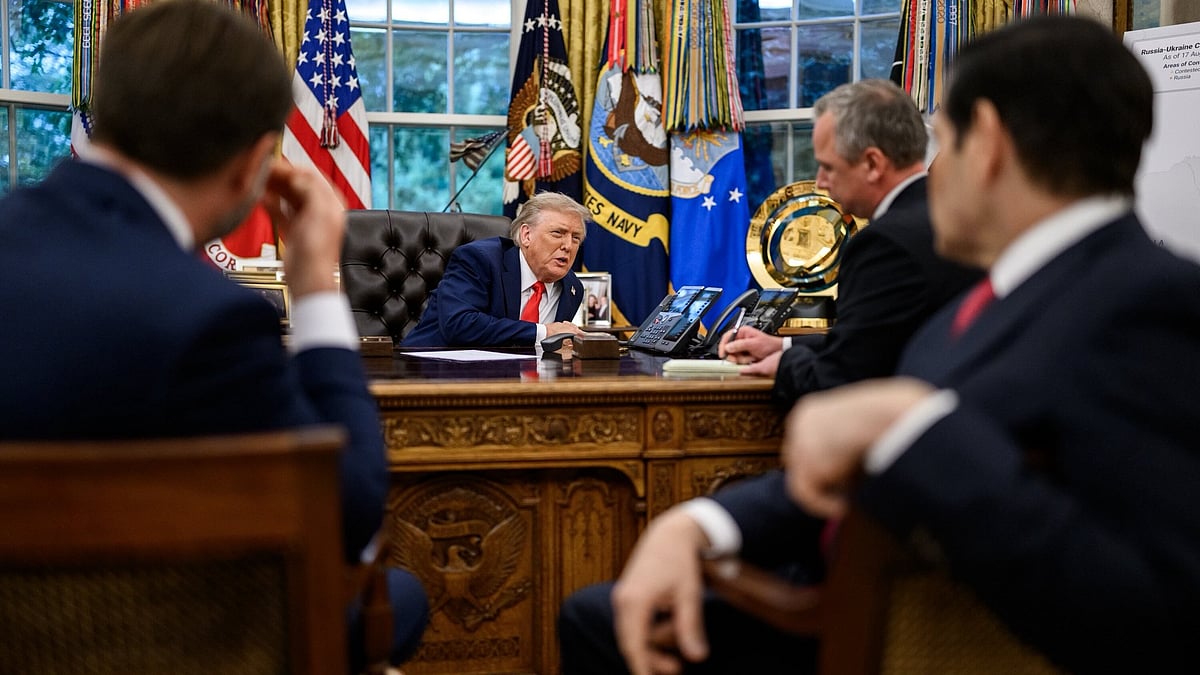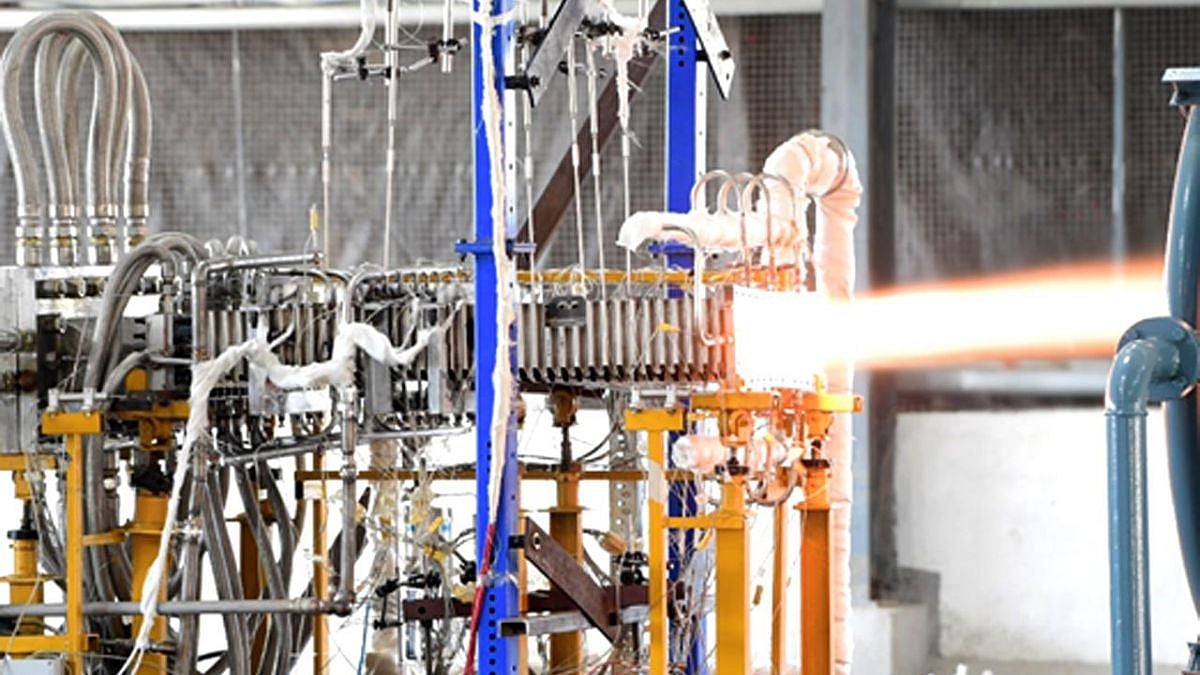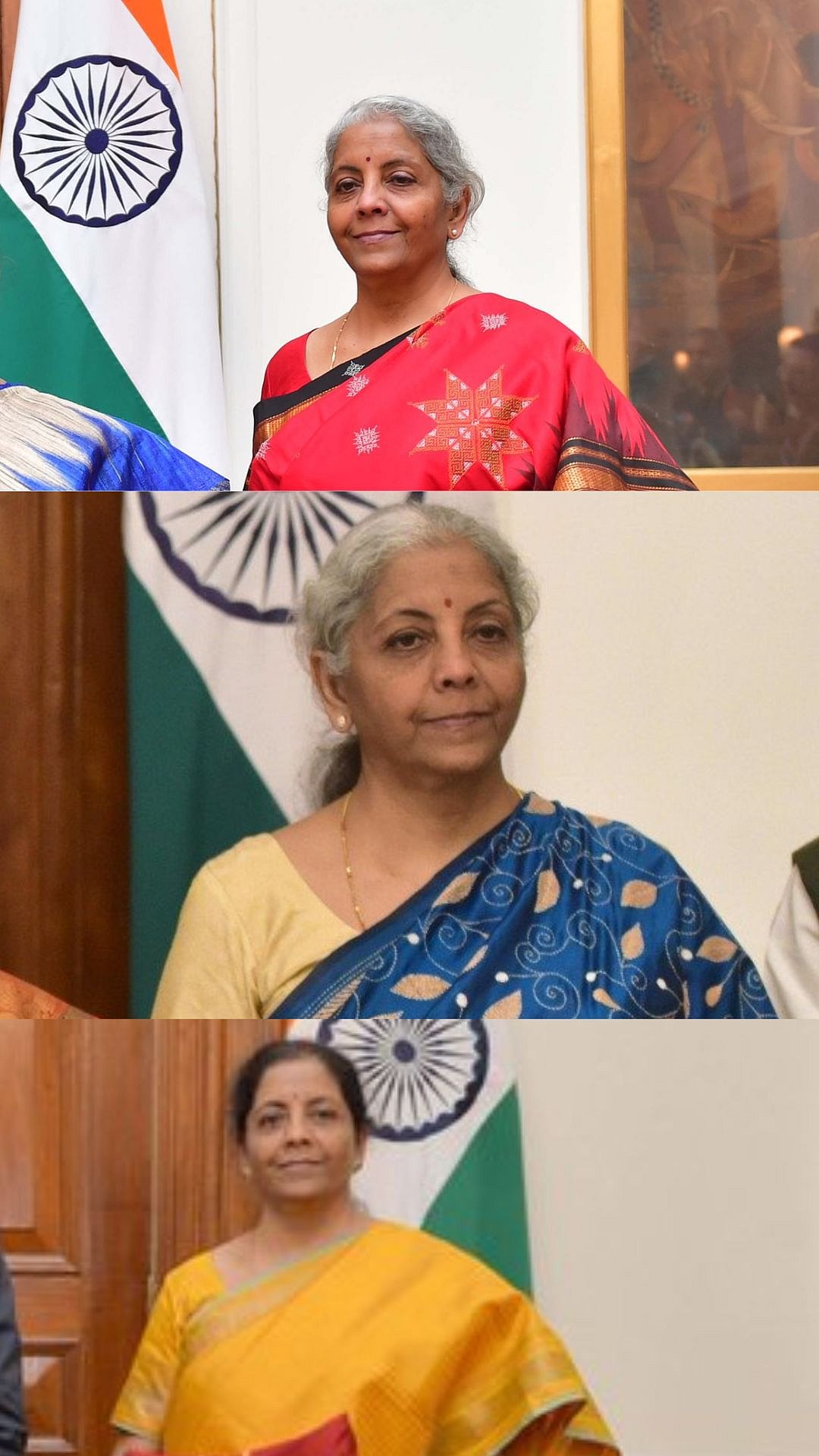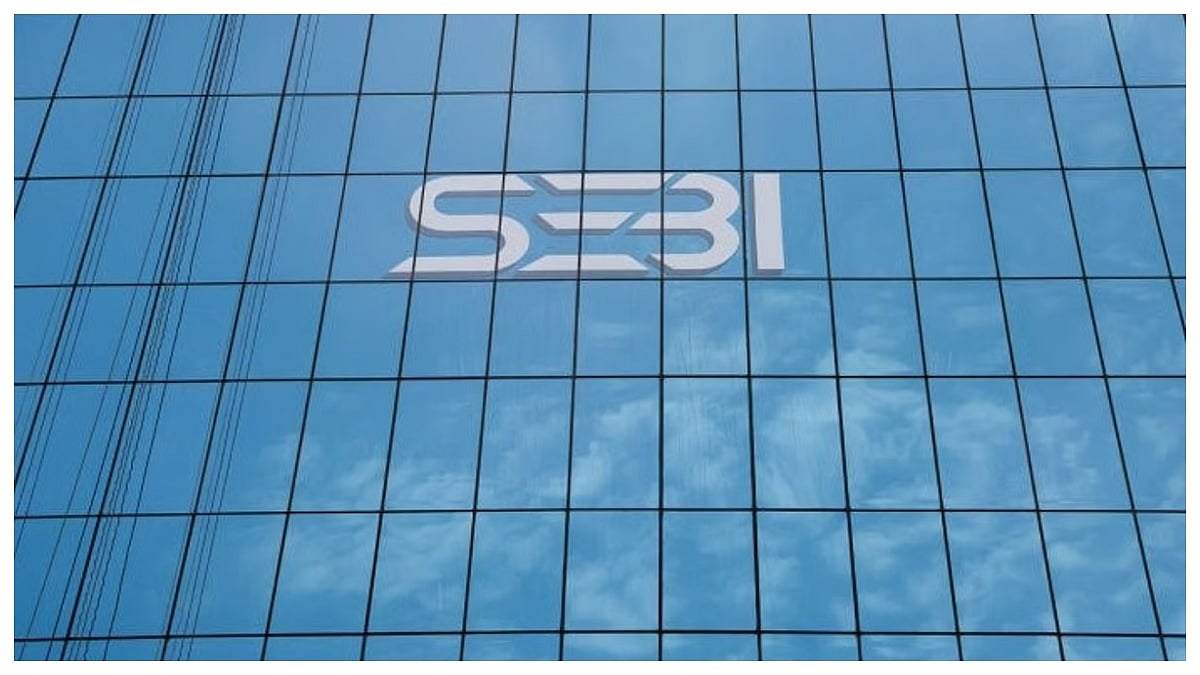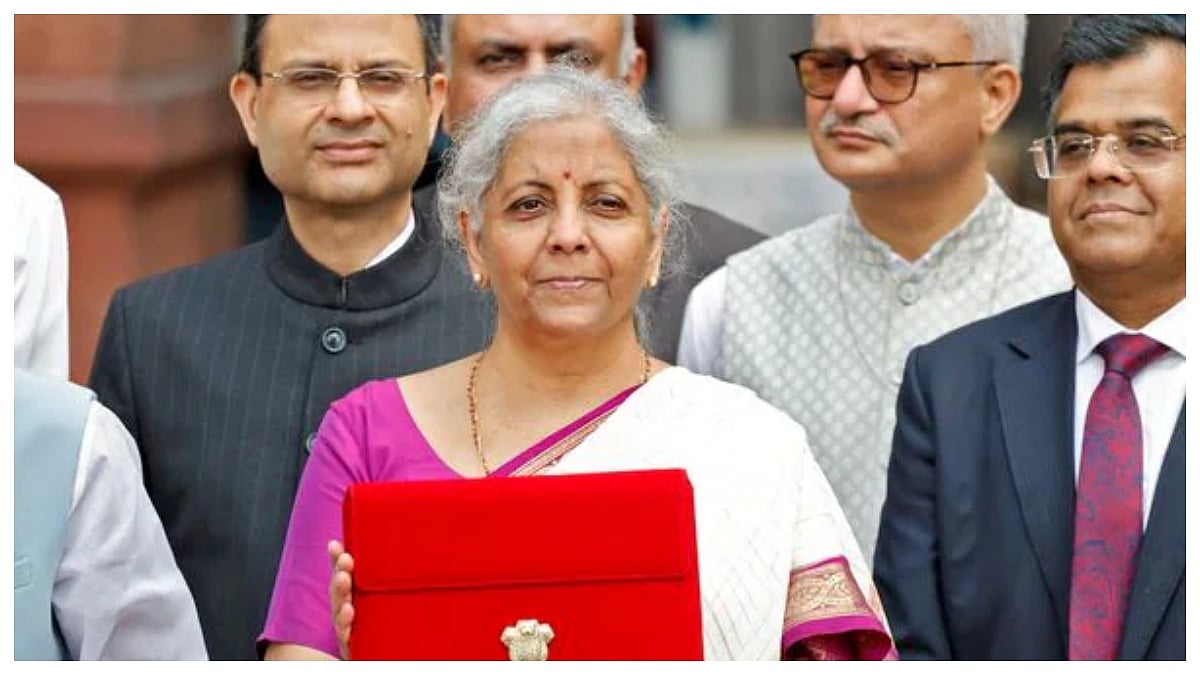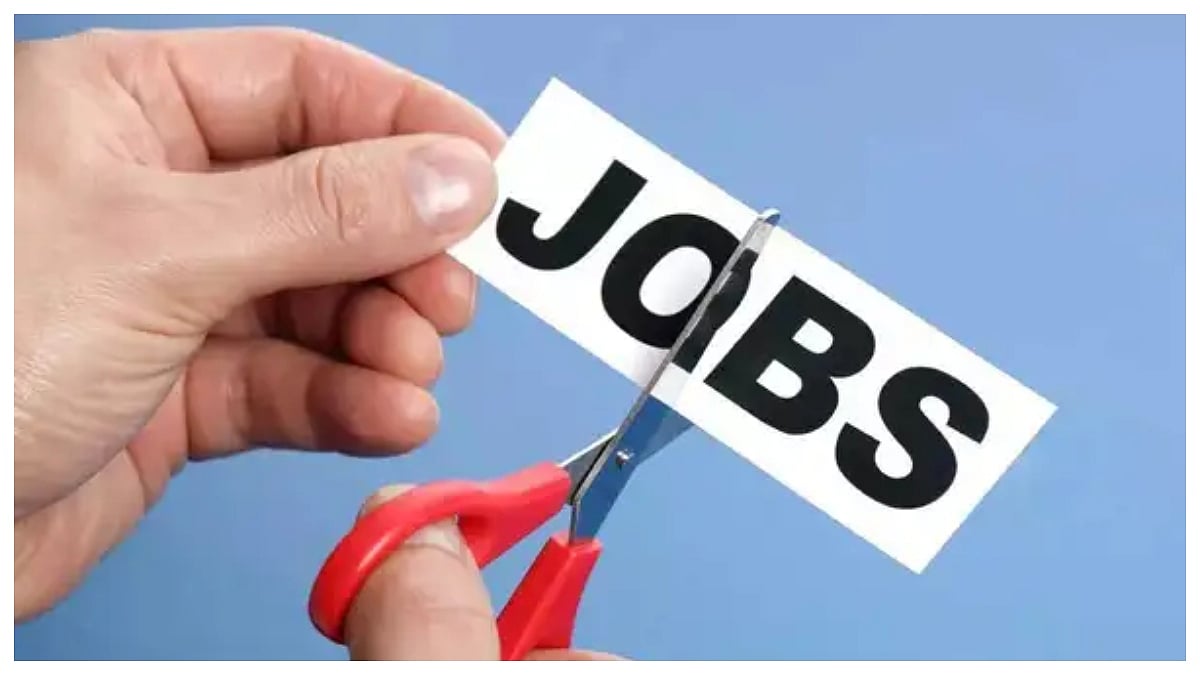Finance Minister Nirmala Sitharaman presented the interim budget in Parliament at 11 am on Thursday, February 1. As it is an election year, the government introduced an interim budget before the general elections.
The Finance Minister, in her interim budget, stated that the comprehensive budget would be presented in July, wherein the government would offer a detailed plan for the pursuit of 'Viksit Bharat' (Developed India).
Sitharaman started the budget speech by stating, "Indian economy has witnessed profound positive transformation in the last 10 years."
Here are the key highlights and takeaways of the interim budget presented by the Finance Minister:
1. Sabka Saath, Sabka Vikas, Sabka Vishwas
The vision is to achieve a developed India, known as Viksit Bharat, by 2047, through a comprehensive development mantra that encompasses the prosperity of the nation in harmony with nature, modern infrastructure, and opportunities for all.
This vision aligns with the principles of 'Sabka Saath, Sabka Vikas, Sabka Vishwas,' backed by the trinity of demography, democracy, and diversity, all supported by the collective efforts encapsulated in 'Sabka Prayas.'
2. People-Centric Inclusive Development
The government focused on people-centric inclusive development, promoting substantive improvements in various forms of infrastructure—physical, digital, and social.
Initiatives like Digital Public Infrastructure (DPI) promoted formalization and financial inclusion. Expanding the tax base through GST and strengthening the financial sector rejuvenated savings, credit, and investment. The GIFT IFSC became a robust gateway for global capital, and proactive inflation management measures were implemented to ensure nationwide participation in economic growth.
3. Focus Areas - Garib Kalyan, Desh ka Kalyan, Empowering Youth, and Welfare of Annadata
The implementation of Direct Benefit Transfer (DBT) has resulted in savings amounting to Rs 2.7 lakh crore. Additionally, 25 crore people have successfully transitioned out of multidimensional poverty. Furthermore, credit assistance has been extended to 78 lakh street vendors under the PM-SVANidhi scheme.
Empowering Youth
1.4 crore youth were trained under the Skill India Mission from 2014 to 2023. During the same period, the number of IITs increased from 16 to 23, universities from 723 to 1113, and AIIMS from 7 to 22. Additionally, to foster the entrepreneurial aspirations of the youth, 43 crore loans were sanctioned under the PM.
Welfare of Annadata
Direct financial assistance was provided to 11.8 crore farmers under PM-KISAN. Additionally, PM Fasal Bima Yojana extended crop insurance to 4 crore farmers. The integration of 1,361 mandis under eNAM supported a trading volume of Rs 3 lakh crore.
4. Nari Shakti
Under the Mudra Yojana, 30 crore loans were disbursed to women entrepreneurs. Female enrolment in higher education increased by 28 per cent in the past 10 years, with 43 per cent of women enrolling in STEM courses.
Additionally, 1 crore women were assisted by 83 lakh Self-Help Groups (SHGs) to become "Lakhpati Didis."
5. Amrit Kaal
Sustainable development
The government is committed to achieving 'Net Zero' by 2070, with initiatives like viability gap funding for wind energy, coal gasification, and phased blending of CNG, PNG, and biogas. Financial assistance supports biomass machinery procurement, and a new scheme promotes environmentally friendly alternatives. Rooftop solarization targets 1 crore households for free electricity.
Infrastructure and investment focus
Infrastructure and investment focus on three major railway corridor programs, foreign investment promotion, and significant growth in highways, ports, rail routes, airports, and urban transformation projects like Metro rail and NaMo Bharat.
Inclusive development
Inclusive development efforts include the Aspirational District Programme, aiding states in faster development, especially in employment generation.
Housing
The Pradhan Mantri Awas Yojana (Grameen) is on the verge of achieving its target of 3 crore houses, with an additional 2 crore targeted for the next 5 years. To further promote homeownership in the middle class, a new scheme called Housing for Middle Class will be launched.
Tourism
States will be encouraged for the development of iconic tourist centers, supported by long-term interest-free loans. Increased allocations for PMAY address housing needs, and G20 meetings showcased India's diversity globally. Projects for port connectivity, tourism infrastructure, and amenities are planned for islands, including Lakshadweep.
6. Tax Reform Achievements
Taxation reforms have led to a more than threefold increase in direct tax collections and a 2.4 times rise in the number of return filers. Refund processing time has significantly improved, decreasing from 93 days (2013-14) to 10 days (2023-24). Consumers benefit from reduced logistics costs and lower prices for goods and services. Monthly gross GST collections doubled to Rs 1.66 lakh crore in FY24. State revenue tax buoyancy increased from 0.72 (2012-16) to 1.22 in the post-GST period (2017-23).

7. Tax Proposals
In taxation continuity, certain benefits for start-ups and investments by sovereign wealth funds/pension funds are extended until 31.03.2025, along with the extension of tax exemption for some IFSC units. The withdrawal of outstanding direct tax demands includes up to Rs 25,000 for FY10 and up to Rs 10,000 for FY11-FY15, benefiting around 1 crore taxpayers
Retention of existing tax rates for both direct and indirect taxes, including import duties. Corporate taxes remain at 22 per cent for existing domestic companies and 15 per cent for certain new manufacturing companies. There will be no tax liability for taxpayers with income up to Rs 7 lakh under the new tax regime.

